Island developments present unique challenges, including environmental sensitivity and limited resources. Balancing development with preservation is crucial, requiring sustainable practices and careful planning to protect fragile ecosystems. Infrastructure development can be costly due to remote locations and transportation difficulties. However, island developments offer unparalleled opportunities for tourism, economic growth, and cultural exchange. They often boast stunning natural beauty and provide a distinct lifestyle appeal. With proper management, island communities can thrive, fostering innovation, resilience, and a harmonious coexistence with nature.
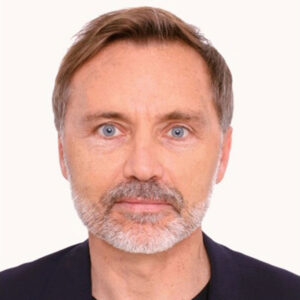
Saudi Projects: How do developers adapt to and mitigate the impact of environmental factors unique to islands, such as weather conditions, and local flora and fauna?
Karim El-Jisr: Islands present a unique range of environmental considerations, especially large archipelagos with complex ecosystems. Developers can overcome these obstacles through an intelligence-led approach that embeds sustainable principles at the heart of every initiative.
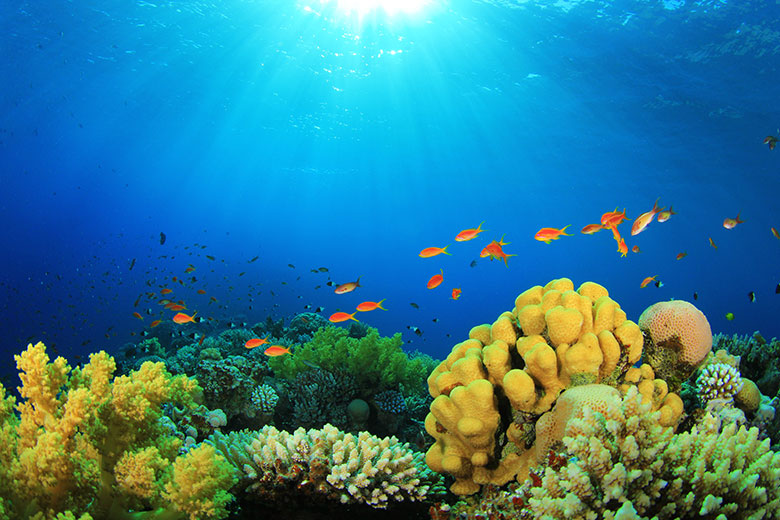
At the very beginning, Red Sea Global undertook a marine spatial planning simulation with King Abdullah University of Science and Technology (KAUST), to understand the flora and fauna in and around these islands, including the unique Al Wajh Lagoon, and the wider Red Sea coastline. The study helped to establish a baseline against which our commitment to deliver a 30% net conservation benefit will be measured.
The RSG Environmental Planning and Assessment team also conducted the largest environmental and wildlife study of the Red Sea coastline ever undertaken by a major developer. Over 11 months, the Environmental Baseline Survey uncovered a rich array of habitats, flora, and fauna, including a significant number of endangered species such as the Halavi Guitarfish, Hawksbill Sea Turtle, and Sooty Falcon.
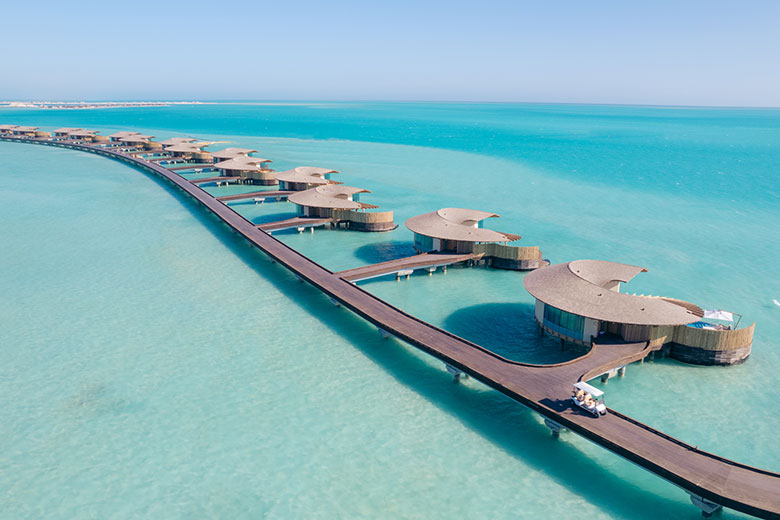
Saudi Projects: How do you go about this?
Karim El-Jisr: Before any construction work is carried out, it is important to carefully evaluate an area’s natural biodiversity, not only mitigating against environmental threats but also actively enhancing natural habitats.
For us, this included The Red Sea’s extraordinary island archipelago, now home to the St Regis Red Sea resort, which opened last year and recently welcomed the legendary footballer Cristiano Ronaldo and his family.
At the very beginning, we undertook a marine spatial planning simulation with King Abdullah University of Science and Technology (KAUST), to understand the flora and fauna in and around these islands, including the unique Al Wajh Lagoon, and the wider Red Sea coastline. The study helped to establish a baseline against which our commitment to deliver a 30% net conservation benefit will be measured.
At the very beginning, we undertook a marine spatial planning simulation with King Abdullah University of Science and Technology
We also conducted the largest environmental and wildlife study of the Red Sea coastline ever undertaken by a major developer. Over 11 months, our Environmental Baseline Survey uncovered a rich array of habitats, flora, and fauna, including a significant number of endangered species such as the Halavi Guitarfish, Hawksbill Sea Turtle, and Sooty Falcon.
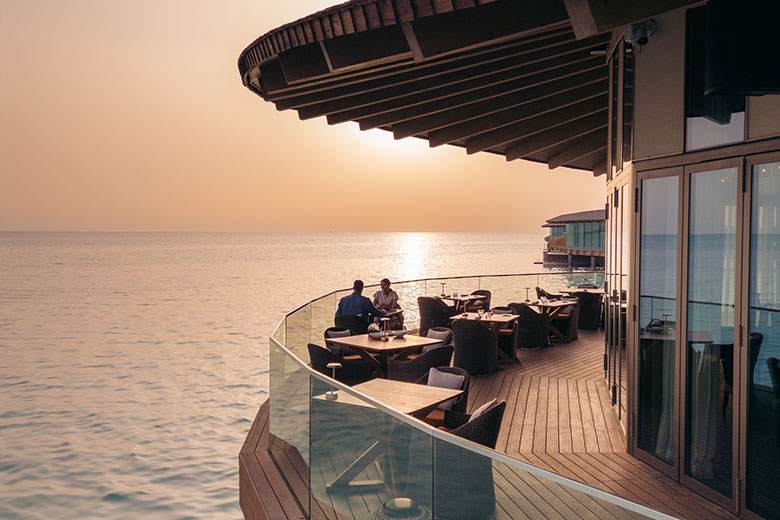
The insights we have obtained through both studies have helped us ensure our destinations support rather than disrupt surrounding flora, fauna, and ecosystems. They have influenced decisions such as designing the eye-catching Shura Island Bridge Crossing as a graceful curve, avoiding any interference with the area’s stunning natural coral formations. Overall, by prioritizing intensive research at the beginning, developers can ensure that they strengthen natural environments for generations to come, as well as provide unforgettable memories for visitors.
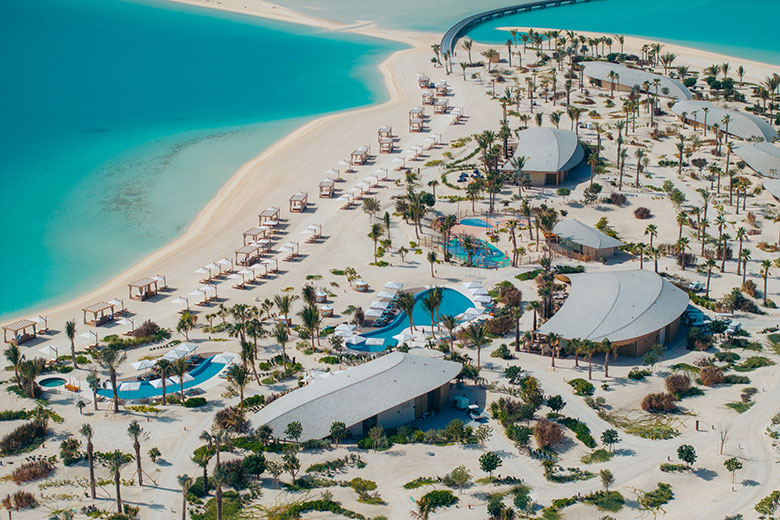
Saudi Projects: What role can developers play in promoting sustainable development on islands, considering factors like committing to green building standards and energy efficiency, waste management, and ecological impact?
Karim El-Jisr: Historically, land and property developers have contributed to climate change and environmental degradation. At Red Sea Global, we wanted to demonstrate that it is possible for developers to have a net positive impact instead by adopting bold and radical approaches to energy consumption, clean mobility, waste management, and ecological impact, beautifully encapsulated by the LEED for Cities and Communities rating system. In fact, we are pursuing green building certifications for up to 100 assets which will result in one of the largest green asset clusters in the world.
We knew that it would be impossible to deliver a truly regenerative destination without clean energy. We promised that our destinations, which include The Red Sea, AMAALA, and Thuwal Private Retreat, would all benefit from 24/7 renewable power. This might have sounded ambitious when we started given the enormous scale of our destinations, but, through procurement innovation and design expertise, we have delivered.
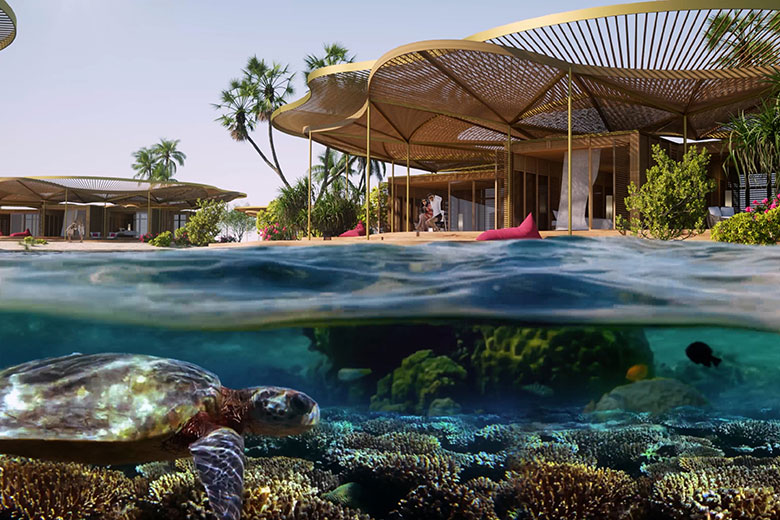
Across our destinations, we have also sought to work with the natural environment rather than against it
The Red Sea, which welcomed its first visitors late last year, is powered by five solar farms and 760,000 photovoltaic panels while being supported by one of the world’s largest off-grid battery storage facilities to optimize energy delivery. We are leveraging our learnings in The Red Sea to design, build, and operate similar energy farms to power AMAALA. Combined, these renewable energy farms will avoid up to 1 million tCO2e per year when fully commissioned.
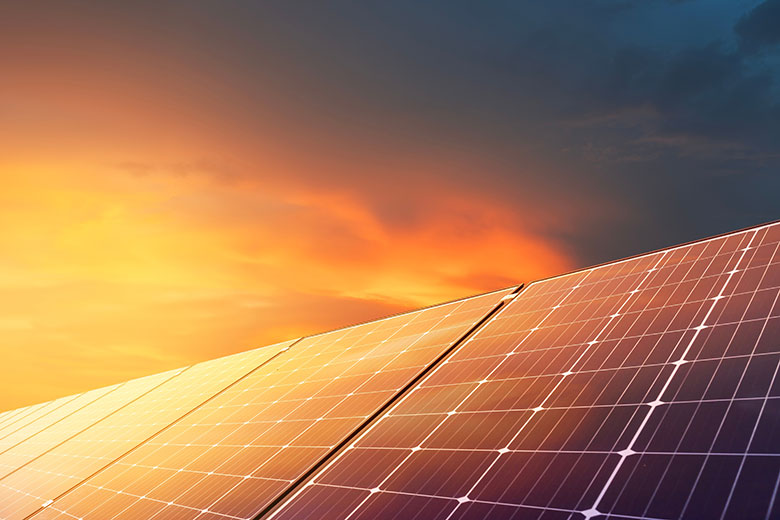
Saudi Projects: The Red Sea Global philosophy takes in more than optimizing energy delivery, though, doesn’t it?
Karim El-Jisr: Across our destinations, we have also sought to work with the natural environment rather than against it. At Shura Island, we have implemented an innovative Coral Bloom design concept, which carefully blends in with the pristine natural beauty of its surrounding landscapes rather than disrupting it. At Sheybarah Island, we partnered with Grankraft to remotely prefabricate our stainless-steel overwater villas, a method that helped to minimize noise, ground disturbance, and vehicle movements that could otherwise disrupt the underwater ecosystem.
As responsible developers, we understand the importance of preserving the natural environment for future generations whilst still providing exceptional experiences for our guests. While not every developer will benefit from the same natural resources, we strongly believe that much can be achieved by thinking ambitiously and drawing on technological innovation.
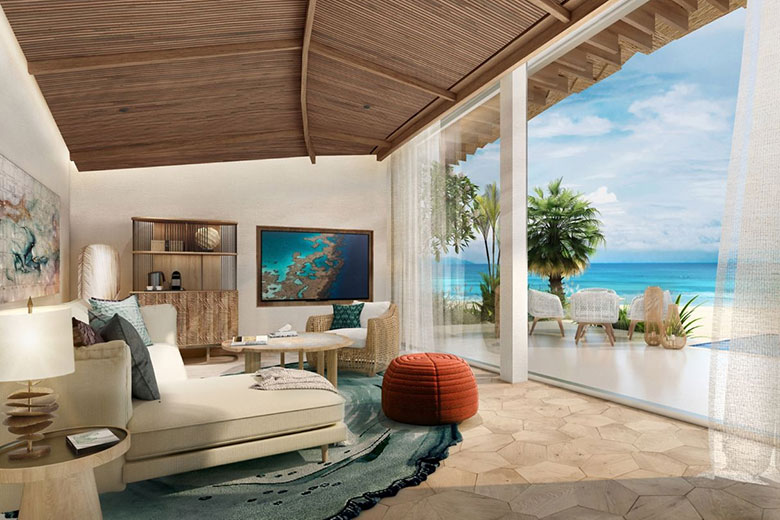
Saudi Projects: How do island destinations determine and manage their tourism carrying capacity to avoid overcrowding and negative impacts on local communities, culture, and ecosystems?
Karim El-Jisr: To manage tourism carrying capacity, developers should consider technological innovation, partnership, and careful management of natural capital. This includes enhancing the land and marine ecosystem through environmental improvement, creating economic opportunities, and improving the quality of life of local communities.
At Red Sea Global, this was a key concern from the beginning of our work, and our marine spatial planning simulation was conducted in part to understand how we could prevent over-tourism from threatening the island archipelago’s pristine environments. As a result of the study, we set aside several islands in Al Wajh Lagoon to protect their sensitive biodiversity.
The simulation led us to develop only 22 out of more than 90 islands in the region to ensure we do not exceed the islands’ maximum carrying capacity, nor endanger the natural environment, and ensure that local people and their livelihoods are protected and prioritized. Specifically, our destinations were designed to accommodate up to 1.5 million a year, minimizing the threat of overtourism.
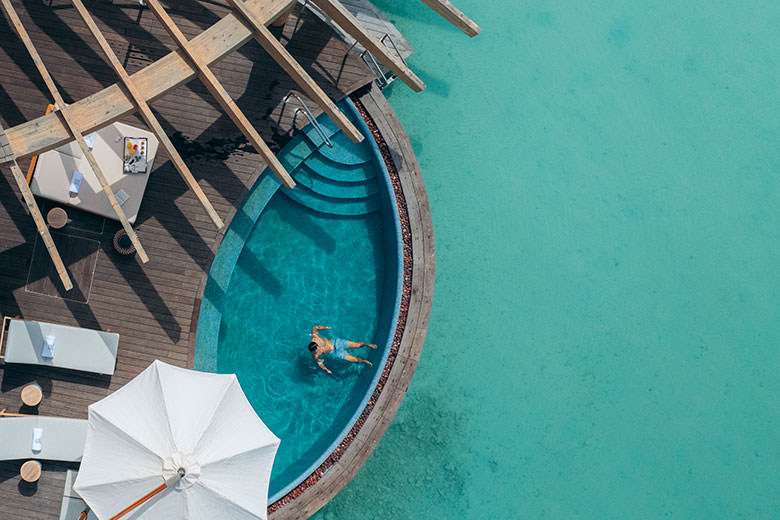
Saudi Projects: How will you follow up on this commitment?
Karim El-Jisr: As more resorts open across The Red Sea and, next year, AMAALA, we will carefully review their impact on the natural environments across land and sea. Specifically, and using smart city approaches, we will monitor environmental resources and measure the sustainability performance of our assets, so that we continue to drive progress towards our 30% net conservation benefit goal.
Our work demonstrates the critical importance of planning from the very beginning of a development rather than trying to address over-tourism once work has been carried out. To prevent ecological damage, preventative measures need to be modelled and implemented at the design stage.
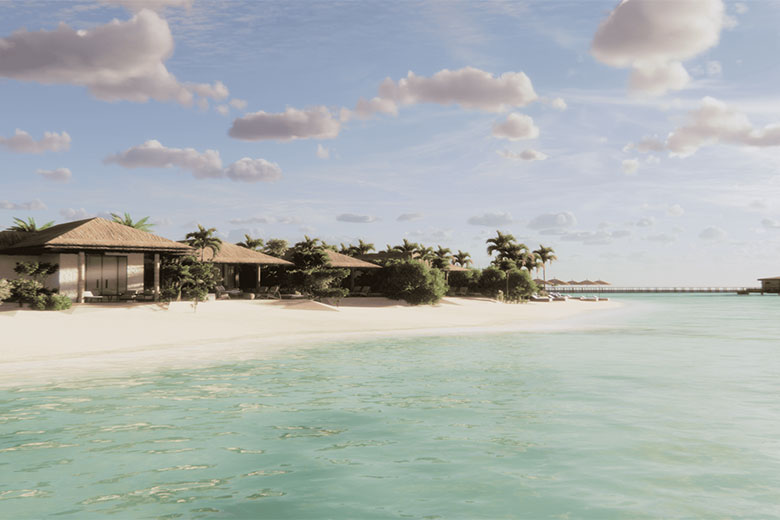
We have created 20 acres of wetlands to treat 8,000m3 of effluent every day
Saudi Projects: What strategies can be implemented to manage the increased waste generated by tourism, including plastic pollution, and how can islands promote responsible waste disposal and recycling?
Karim El-Jisr: Waste is a major problem in the tourism sector, but through adept use of technology and careful management of resources, the issue can be overcome.

At Red Sea Global, we are acutely aware of the huge quantities of waste that tourism produces across the world, which is why we are committed to zero waste to landfill across our portfolio. We are addressing the issue through innovative solutions, which we are confident will drive wider change across the industry. For example, by screening our suppliers, we can select products with lesser and greener packaging thus reducing the total waste volume. We have also built a state-of-the-art waste management facility in The Red Sea to treat incoming waste from all our operations, producing compost and dry waste streams that become feedstock for recycling industries in the Kingdom.

We have worked on reducing our waste and educating our visitors (and employees) to ‘leave no trace behind’. We are also drawing on innovation to cut plastic waste, such as the use of cleaning robots to reduce the amount of litter on beaches. These extraordinary devices can cover 3,000 m2 in a single hour and will ensure that they remain pristine for all our visitors to enjoy. Our commitment to circularity also extends to water resources. We have created 20 acres of wetlands to treat up to 8,000m3 of effluent every day, as part of the wastewater facility at The Red Sea, which has been delivered in partnership with ACWA Power. And all treated effluent is reused in our landscape nursery and across landscaped areas.
Ultimately, we know that the beauty of the Red Sea coastline is our most precious asset, and we will continue to deploy innovative technologies to ensure that everyone can continue to enjoy the Kingdom’s natural treasures.
Red Sea Global
